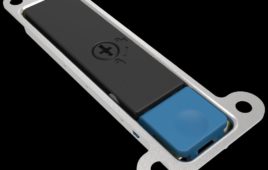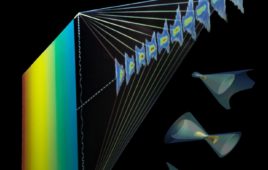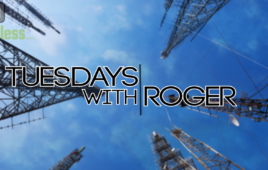The Federal Communications Commission on Thursday approved a measure to begin the rule-making process for the 2.5 GHz band.
Commissioners said establishing more flexibility in the band, known as the Educational Broadband Service, could enable increased use of vital spectrum that is largely restricted and goes unused in about half the country — especially in rural areas.
Proponents added that the EBS is “the largest band of contiguous spectrum below 3 GHz” and could be critical to next-generation networks.
“This could be a win for students and for wireless service,” said Commissioner Jessica Rosenworcel. “It could be a way to bridge the ‘homework gap’ by honoring the history of the Educational Broadband Service but also bringing it firmly into the future.”
Under the changes proposed by the agency, the FCC would update the license areas for 2.5 GHz spectrum and establish three filing windows for potential license-holders within those areas.
Current participants would first be able to opt to expand the areas covered by existing licenses, followed by an opportunity for rural tribes to acquire licenses and, finally, by a filing window for educational entities that do not currently hold EBS licenses.
Remaining spectrum would be made available for commercial users under a competitive bidding process.
“There are many ways to advance our public policy goal of expanding network access in schools and enhancing online learning opportunities, including through our E-rate program,” said Commissioner Brendan Carr. “But, as the tortured history of the 2.5 GHz band shows, command and control set-asides and restrictions on spectrum use are not the most effective way to serve students.”
Filed Under: Telecommunications (spectrums)




